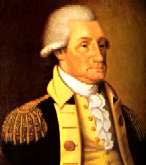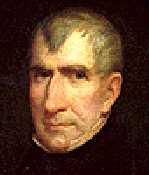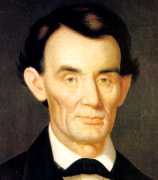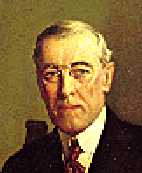



 |
 |
 |
 |
1) INTRODUCTION-
a- the anecdote of
Edward Everett, rhetor, and Abraham Lincoln, president and orator
b- synoptic look
at what the paper will argue and present
c- a brief abstract
on why certain presidents (in general, the 20th century as a whole is
treated as a separate entity) are missing
2) FIRST VIEW-
a- a description of
basic and broad classical rhetorical elements
b- an explanation
on the overall classical influence in America, especially early and
colonial America at the time of the Revolution and the Founding
c- the neutral classical
aspects common to all inaugural addresses, such as the pomp
and ceremony that has accompanied almost every inaugural address, procedural
traditions, Roman rites, etc.
3) SECOND VIEW-
a- a direct look at
inaugural addresses, beginning with Washington
b- an ongoing rating
and examination of the presidential speeches, the perusals will
be in depth up to and including Woodrow Wilson, an exception.
c- the gathering
of a comparative selection or roster indicating which addresses are
more classical, imitative, mock-classical and pseudo-classical than others-
not all
speeches are born equal-
d- an explanation
on the changing meaning of classical definition
4) A FINAL LOOK-
a- what accounts for
the decline in classical culture, explanation
b- why did motifs
stray from the original template
c- to what extent,
if at all, are classical techniques and oratory still a part of
presidential inaugural addresses in the twentieth century and today.
5) CONCLUSIONS-
a- why presidential
inaugural addresses are excellent looking glasses on the
classical elements of our national heritage
b- the future of
classical rhetoric in America, are we still classical?
c- a final word of
summary on the inaugural speeches and classics.